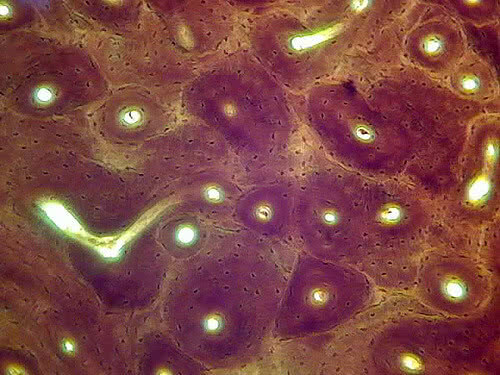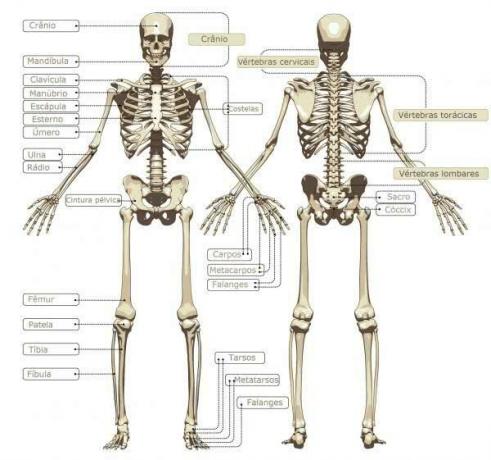The pancreas, an important gland in the human body, is responsible for the production of digestive hormones and enzymes. Because it has this dual function, this structure can be considered an organ of the endocrine and digestive system.
With an average size of 20 centimeters, the pancreas is located in the abdomen, in a region behind the stomach, between the duodenum and the spleen. It weighs about 100 grams and has three main regions: the head, body and tail.
Because it produces enzymes and hormones, the pancreas is considered an example of a mixed gland, that is, it has exocrine and endocrine functions. Its exocrine function is related to the production of pancreatic juice, a product rich in bicarbonate and with a pH between 7.8 and 8.2. In this juice, several enzymes are found, such as trypsin and chymotrypsin, which act on proteins; amylase, which acts on polysaccharides and disaccharides; lipases, which break down fats; and nucleases, which act on nucleic acids.
The elimination of pancreatic juice is mainly regulated by the nervous system. When a person eats, several factors generate nerve impulses that promote the functioning of the pancreas. Among these factors, we can mention the smell of the food, the taste and the arrival of the food cake in the stomach.
In addition to nervous factors, the production of pancreatic juice also occurs thanks to the action of two hormones: secretin and cholecystokinin. These hormones are produced by the mucosa of the duodenum when stimulated by the arrival of food in this region.
Do not stop now... There's more after the advertising ;)
The endocrine function of the pancreas corresponds to its ability to produce insulin and glucagon, two hormones that ensure adequate blood sugar levels. These hormones are produced in the islets of Langerhans, a group of cells that have a sphere shape.
The pancreas can be affected by several diseases, such as pancreatitis, adenocarcinoma and type 1 diabetes. At pancreatitis, inflammation of the pancreas occurs, which, in most cases, is related to frequent alcohol consumption. The main symptoms of pancreatitis are abdominal pain, malaise, vomiting and weight loss.
You adenocarcinomas are tumors that arise in the glandular tissue of the pancreas. They are more common after 60 years of age and cause loss of appetite, abdominal pain, weight loss, weakness, diarrhea and dizziness. The treatment of this type of cancer is done by removing the tumor and, in some cases, by radiotherapy and chemotherapy.
At the type 1 diabetes, the pancreas cannot produce insulin, which causes the blood glucose level to become high, a condition called hyperglycemia. The low hormone production is due to the immune system's attack on beta cells, a group of cells in the islet of Langerhans responsible for insulin production.
By Ma. Vanessa dos Santos
Would you like to reference this text in a school or academic work? Look:
SANTOS, Vanessa Sardinha dos. "Pancreas"; Brazil School. Available in: https://brasilescola.uol.com.br/biologia/pancreas.htm. Accessed on June 27, 2021.



